392103
Isobornyl acrylate
technical grade, contains 200 ppm monomethyl ether hydroquinone as inhibitor
Sinónimos:
Acrylic acid isobornyl ester, IBA
About This Item
Productos recomendados
grade
technical grade
form
liquid
contains
200 ppm monomethyl ether hydroquinone as inhibitor
refractive index
n20/D 1.476 (lit.)
bp
119-121 °C/15 mmHg (lit.)
density
0.986 g/mL at 25 °C (lit.)
SMILES string
[H][C@]12CC[C@@](C)([C@@H](C1)OC(=O)C=C)C2(C)C
InChI
1S/C13H20O2/c1-5-11(14)15-10-8-9-6-7-13(10,4)12(9,2)3/h5,9-10H,1,6-8H2,2-4H3/t9-,10-,13+/m0/s1
InChI key
PSGCQDPCAWOCSH-OUJBWJOFSA-N
¿Está buscando productos similares? Visita Guía de comparación de productos
Categorías relacionadas
General description
Application
signalword
Warning
hcodes
Hazard Classifications
Aquatic Acute 1 - Aquatic Chronic 1 - Eye Irrit. 2 - Skin Irrit. 2 - Skin Sens. 1A - STOT SE 3
target_organs
Respiratory system
Storage Class
10 - Combustible liquids
wgk_germany
WGK 2
flash_point_f
219.2 °F - closed cup
flash_point_c
104 °C - closed cup
ppe
Eyeshields, Faceshields, Gloves, type ABEK (EN14387) respirator filter
Elija entre una de las versiones más recientes:
¿Ya tiene este producto?
Encuentre la documentación para los productos que ha comprado recientemente en la Biblioteca de documentos.
Los clientes también vieron
Nuestro equipo de científicos tiene experiencia en todas las áreas de investigación: Ciencias de la vida, Ciencia de los materiales, Síntesis química, Cromatografía, Analítica y muchas otras.
Póngase en contacto con el Servicio técnico
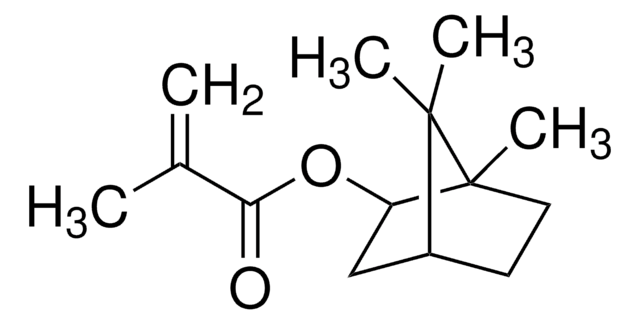
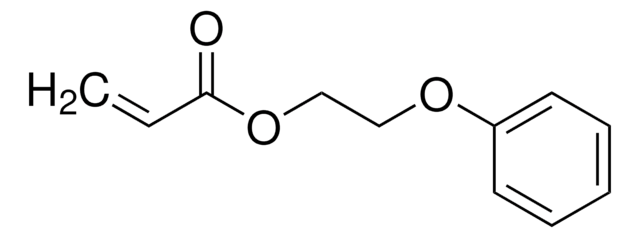
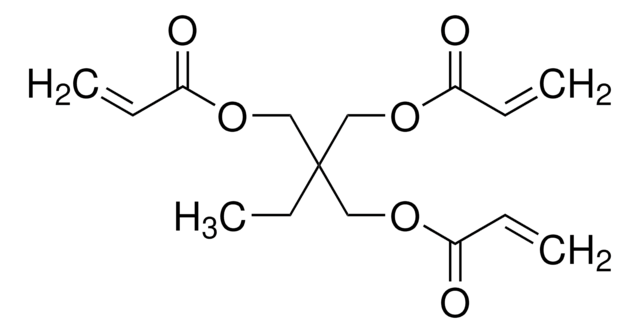
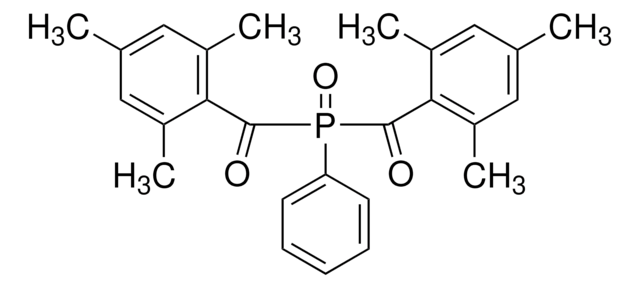
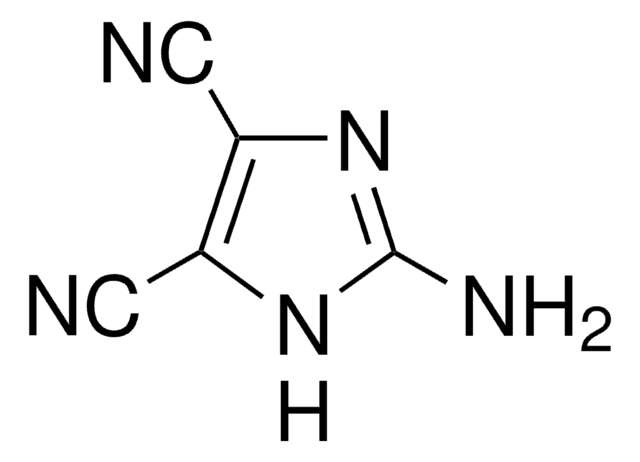
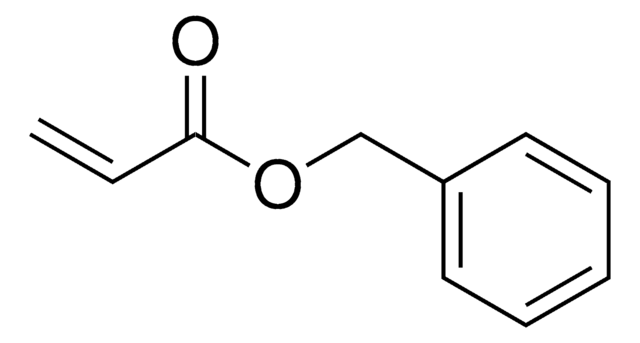

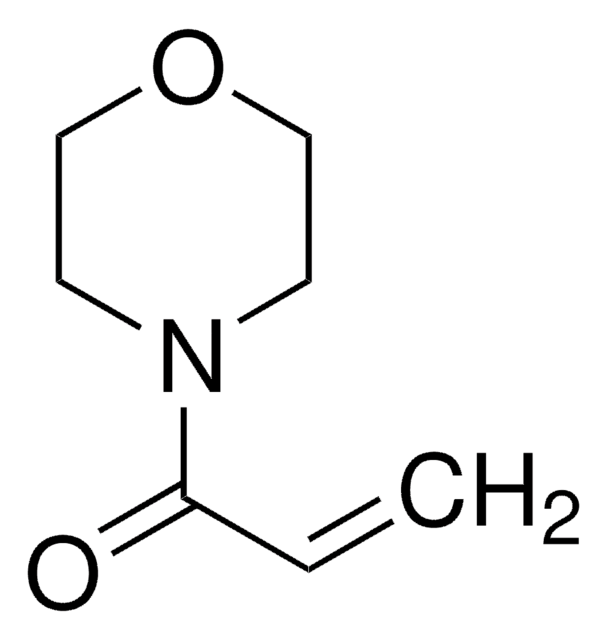
![Tricyclo[5.2.1.02,6]decanedimethanol diacrylate](/deepweb/assets/sigmaaldrich/product/structures/327/536/0dc81542-b920-47ec-99c1-d064a327a315/640/0dc81542-b920-47ec-99c1-d064a327a315.png)



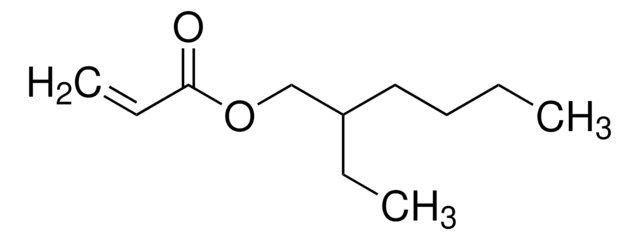
![2-[[(Butylamino)carbonyl]oxy]ethyl acrylate](/deepweb/assets/sigmaaldrich/product/structures/603/008/4241c20d-94e8-474e-b3ff-6c4d5be67e9d/640/4241c20d-94e8-474e-b3ff-6c4d5be67e9d.png)